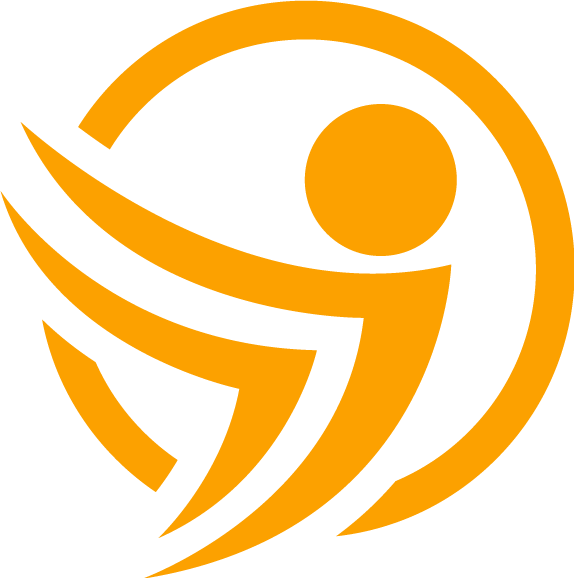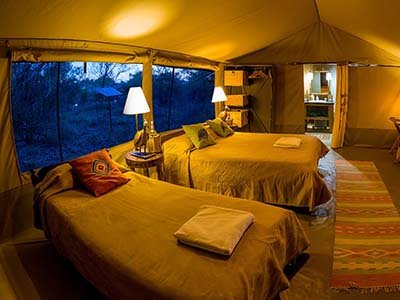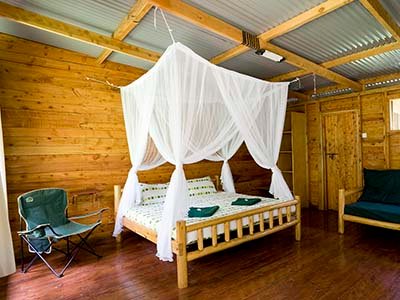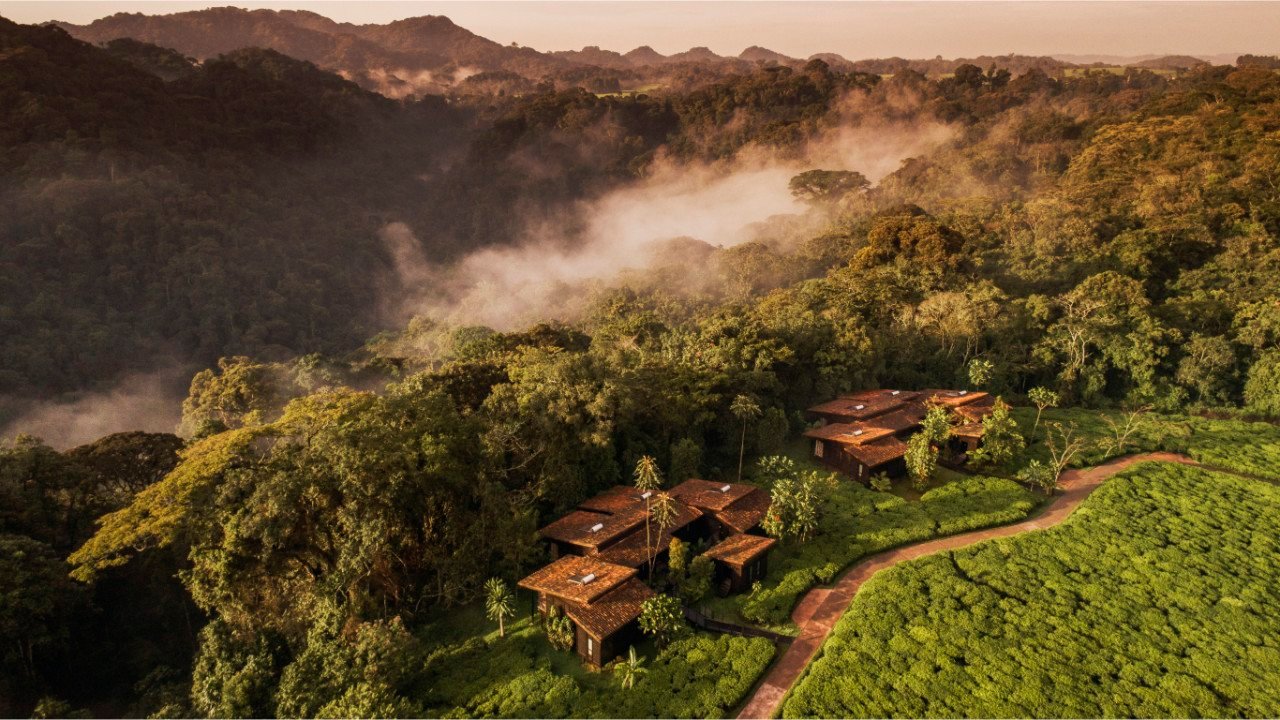The Nyungwe National Park is located in southwest Rwanda, near the border with Burundi. Nyungwe National Park was established in 2004, and it covers an area of about 1000 square kilometres with an elevation of between 1,600 and 2,950 metres.
The government of Rwanda and African Parks signed a deal in October 2020 that will have African Parks overseeing Nyungwe National Park for the first 20 years of the contract’s duration.
LOCATION OF NYUNGWE NATIONAL PARK
It is bounded to the south by Kibira National Park and to the west by Lake Kivu and the Democratic Republic of the Congo. At a distance of 54 kilometres (34 miles), Cyangugu is the nearest town. Mount Bigugu rises to an altitude of 2,921 metres (9,583 feet) and is located entirely inside the park’s limits.
Because of its age and the park’s high rainfall (up to 2,000 millimetres per year), Nyungwe Forest National Park is one of Africa’s most verdant parks.
FLORA AND FAUNA NYUNGWE NATIONAL PARK
Nyungwe National Park is one of the most diverse on the African continent. The wide range of animal species found in the Nyungwe National Park makes it a crucial area for conservation efforts in Africa. Microhabitats for a broad variety of plant and animal species are provided by the forest’s location at the convergence of many major biogeographical zones.
The park is home to 85 mammal species, 275 bird species, 32 amphibian species, 1068 plant species, 38 reptile species, and 13 primate species, which account for 25% of all primate species in Africa.
The enormous lobelia and other colourful orchids are among the various flowering plants (over 100 species).
Many of these species can only be found in the Albertine Rift’s montane forests, an ecoregion in Africa. According to research, there are more endemic species in this forest than in any other part of the Albertine Rift Mountains.
PRIMATES
Nyungwe National Park is home to 86 different animal species. A large number of primates call this forest home, including vervet red-tailed, mona, owl-faced, golden, and blue monkeys; grey-cheeked mangabey; black-and-white colobus (with troops of well over 400 individuals); olive baboon; greater bushbaby; eastern needle-clawed galago; dwarf galago; and an estimated 1,000 chimpanzees.
BIRDS
With over 320 bird species, including at least 29 that can only be found in the montane forest setting of the Albertine Rift, Nyungwe is also the top birding location in Rwanda.
Great Blue turacos, known for their brilliant plumage, are a major draw for birdwatchers. Other key birds are; Strange Weaver, Abyssinian Ground-Thrush, Albertine Owlet, Archer’s robin-chat, Black-faced Apalis, Blue-headed sunbird, Chapin’s flycatcher, Collared Apalis, Dusky Crimsonwing, Dwarf Honeyguide, Grauer’s Swamp Warbler, Grauer’s warbler, Handsome Francolin, Kivu Ground Thrush, Mountain masked Apalis, Neumann’s warbler, Red-faced woodland warbler, Red-throated Alethe.
However, the park’s butterflies are equally well-known.
Download the most recent version of the bird list for Nyungwe National Park here.
HIKING THE TRAILS OF NYUNGWE NATIONAL PARK
Over 130 kilometres of maintained hiking paths lead guests through scenic overlooks and cascading waterfalls through the forest.
From Huye and Rusizi, two neighbouring towns, a day’s journey to the park is a doable option.
The Nyungwe Forest Canopy Walk is a popular attraction because of its elevated vantage point (up to 70 metres above the forest floor).
Primate Tracking options
There are five options for Primate tracking in this park and they include:
- An estimated 60 individuals in a chimpanzee community live in Uwinka. Tracking begins at 5:30 in the morning.
The four-wheel drive trip to see the chimpanzees in Cyamudongo forest (approximately 30 individuals) takes about an hour and a half from Gisakura Guest House. There is a 5 am departure from the Gisakura office and the tracking begins. You must sign up and pay for your chimpanzee trekking experience the day before your expedition. - Following a large troop of Uwinka’s black and white colobus monkeys, numbering in excess of 500 individuals. At 8 AM and 3 PM, we perform our tracking.
- About sixty black and white colobus monkeys may be seen in Gisakura, a half-hour’s walk from the park’s reception. Daily monitoring occurs from 8:00 am to 10:00 am and again from 1:00 pm to 3 pm.
- Several of the blue (silver) monkeys dwell at the Uwinka Ape Rescue Center.
- Grey-cheeked mangabeys seen at Uwinka Welcome Center.
ACCOMMODATION IN NYUNGWE NATIONAL PARK
There are a number of places to stay, from the exclusive One & Only Nyungwe House (formerly Nyungwe Forest Lodge) to the more reasonably priced Nyungwe Top View Hill Hotel and the Gisakura Guest House, which is located approximately 1 km from the forest and is operated by the Gisakura Tea Estate.
https://www.viator.com/searchResults/all?text=Nyungwe&pid=P00078521&mcid=42383&medium=link&campaign=Nyungwe-Rwanda






